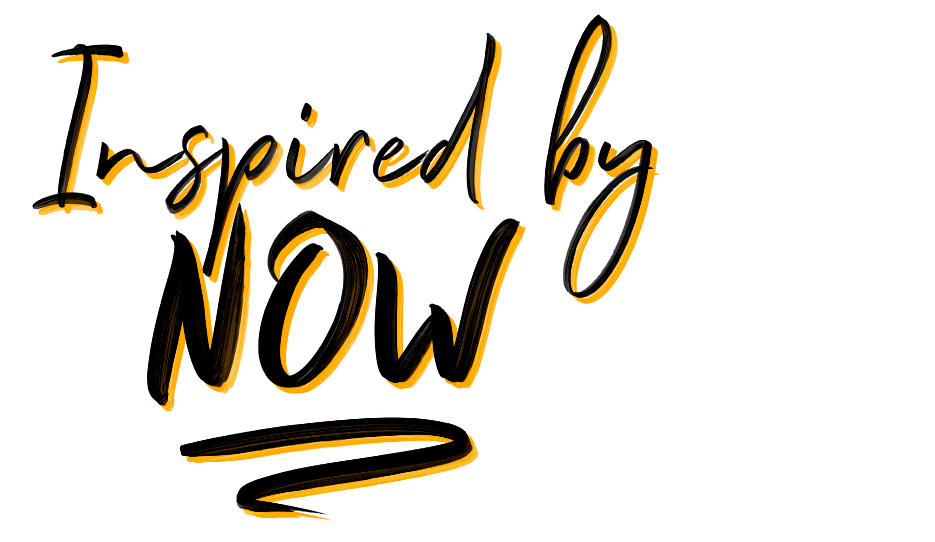Snapshots and Photographic Artwork
Yesterday I visited a nearby beach, and while I was mostly taking pictures with my DSLR, I also took a quick snapshot of the sunset with my phone. I posted it to Facebook, and many of my friends liked it. Here is the image I posted:
I came home with a few pictures that I wanted to post-process. I browsed through the images and chose some that 1. I thought had a good composition, 2. the water looked silky and pleasing, and 3. had both nice clouds and cloud reflections. Here are the two images in their original, RAW format (if you are used to seeing only jpg-s, these images will probably look really blah to you – and I agree; they are. RAW image files must be post processed.)
I chose two originals to create one final image, because I preferred the sky in the second one, but everything else in the first one. I composited them.
I chose two originals to create one final image, because I preferred the sky in the second one, but everything else in the first one. I composited them.
I wanted to talk a little bit about the differences between snapshots, like the one I took with my phone, and the artwork I can create from the so-called raw images I capture in my DSLR. I should mention, that there are lots of artists who create beautiful art pieces from their phone shots using apps on their phones. I don’t do this.
First of all, I was able to create the above shot because I had planned a beach visit with the perfect timing for photos. I got lucky with the clouds, but the low tide I had known about, and this trip to the beach had been planned for a few weeks. If you happened to be there and turned your phone or point and shoot camera towards the sky, you probably would have taken a similar image. Maybe I composed it a bit better than others, but here is the reason why: I was standing at this place, because I had carefully searched for a spot to take images from. As I was taking many well planned shots with my “big camera”, I also created this quick snapshot with my phone.
Now, let’s get back to the planned shoot. I had done my research about the low tide (with my favorite iPhone app called Tide Graph), and I also checked on the sunset time. For this, you can just do a quick search on the web, or use an app called TPE. Yesterday, these two lined up pretty well, and I went to a beach I had recently discovered in Laguna Beach, Wood’s Cove. My plan also included using long exposure times for the images, because I wanted to show the water silky and smooth. I used an ND filter to achieve this. Having clouds in the sky was the only thing I couldn’t plan for; I just got lucky yesterday (click to enlarge).
First of all, I was able to create the above shot because I had planned a beach visit with the perfect timing for photos. I got lucky with the clouds, but the low tide I had known about, and this trip to the beach had been planned for a few weeks. If you happened to be there and turned your phone or point and shoot camera towards the sky, you probably would have taken a similar image. Maybe I composed it a bit better than others, but here is the reason why: I was standing at this place, because I had carefully searched for a spot to take images from. As I was taking many well planned shots with my “big camera”, I also created this quick snapshot with my phone.
Now, let’s get back to the planned shoot. I had done my research about the low tide (with my favorite iPhone app called Tide Graph), and I also checked on the sunset time. For this, you can just do a quick search on the web, or use an app called TPE. Yesterday, these two lined up pretty well, and I went to a beach I had recently discovered in Laguna Beach, Wood’s Cove. My plan also included using long exposure times for the images, because I wanted to show the water silky and smooth. I used an ND filter to achieve this. Having clouds in the sky was the only thing I couldn’t plan for; I just got lucky yesterday (click to enlarge).
My post-processing workflow includes using different kinds of software (Lightroom, Photoshop, On1 Raw, Topaz). Most of my work includes steps that change/enhance the image in a certain, pre-visualized way – like making parts lighter or darker, changing the vibrance, etc. But at a certain point, when I feel I did all the steps to reach an image I like, I switch over to more of an experimental mode. I use Topaz Impressions and texture blending this way. I know what feel my final image needs to have, and I keep trying out different looks until I see THE ONE. In the case of these images, it took me a minimum of 2 hours for each to achieve the final look. My main goal with my fine art photographs is not to give the viewers a true to life, journalistic image, but rather something that conveys the feelings I had when I was experiencing the scene. It all looked like a beautiful painting to me in real life, and my final images portray this. I hope you like them – I absolutely love the outcome.
If you are a photographer, do you take RAW images or jpg-s? What post-processing software do you use? Do you completely pre-visualize your final artwork, or do you do some experimentation?








0 comments